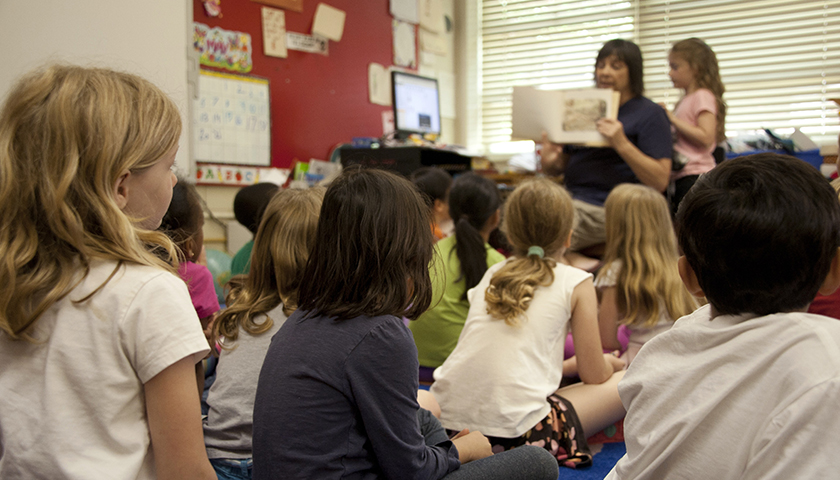by Bethany Blankley
After states shut down schools and forced families into virtual learning, parents and families found new ways to provide K-12 education to their children. While doing so, support for school choice options soared, a new poll from Real Clear Opinion Research found.
Among those surveyed, 71% said they support school choice, which is defined as giving parents the option to use the tax dollars designated for their child’s education to send their child to the public or private school that best serves their needs. Across all racial and ethnic demographics, an overwhelming majority expressed support for school choice: Blacks (66%), Hispanic (68%), and Asian (66 percent).
These results “were the highest level of support ever recorded from major AFC national polling with a sample size above 800 voters,” the survey states.
Among those surveyed, more held a negative few of teachers’ unions. In one question, it states, “In many states, teachers’ unions have advocated to keep public schools closed and continue virtual learning instead of reopening school buildings. Meanwhile, 92% of private Catholic schools were operating with in-person learning in September. Does this make you feel more or less favorable towards teachers’ unions that oppose re-opening?”
In response, 36% held a more favorable view, 47% a less favorable view.
“The continued very strong support among voters for school choice and spending flexibility for parents of school-aged children is a clear message for policymakers,” John Schilling, president of the American Federation of Children, said in response to the survey. “Parents and families are demanding greater choice in K-12 education and they expect policymakers to put the needs of students ahead of the special interests who are bound and determined to protect the status quo.
“The need for education freedom is at an all-time high and it’s reaffirming to see many state policymakers stepping up and supporting school choice across the country. Thirty-two states have introduced 36 bills to create or expand educational choice and we urge policymakers in these states to get these bills over the finish line on behalf of families and students.”
The survey was conducted among 2,009 registered voters between March 12 and 17 and has a margin of error of +/- 2.44 percent. It’s a 65% increase in support of school choice from a similar survey conducted in January.
The Georgia Center for Opportunity’s (GCO) take: “As this poll clearly shows, ensuring educational access for all is a common-sense, non-partisan issue,” said Buzz Brockway, Georgia Center for Opportunity vice president of public policy, said in a statement. “Unfortunately, a sliver of loud and influential special interest groups work to bar parents, families, and students from achieving true educational equity. We can’t allow that to happen. When 65% of registered voters tell you they support a concept like the Education Scholarship Account idea proposed right here in Georgia, lawmakers need to listen.”
The RealClear poll results follow a similar pattern reported by the U.S. Census Bureau, whose recent Household Pulse Survey found a substantial increase in the number of parents who chose to home-school in 2020 compared to 2019.
In the first week of Phase 1 of the Household Pulse Survey (April 23-May 5), roughly 5.4 percent of U.S. households with school-aged children reported that they home-schooled. By the fall, however, that number jumped to 11.1 percent (Sept. 30-Oct.12).
“It’s clear that in an unprecedented environment, families are seeking solutions that will reliably meet their health and safety needs, their childcare needs and the learning and socio-emotional needs of their children,” the authors of the report write.
Those who increased home-schooling spanned across all demographics. Notably, among Black households, the proportion of home-schooling increased slightly more than five-fold, from 3.3 percent to 16.1 percent within a three- to five-month time span.
– – –
Bethany Blankley contributes to The Center Square.




